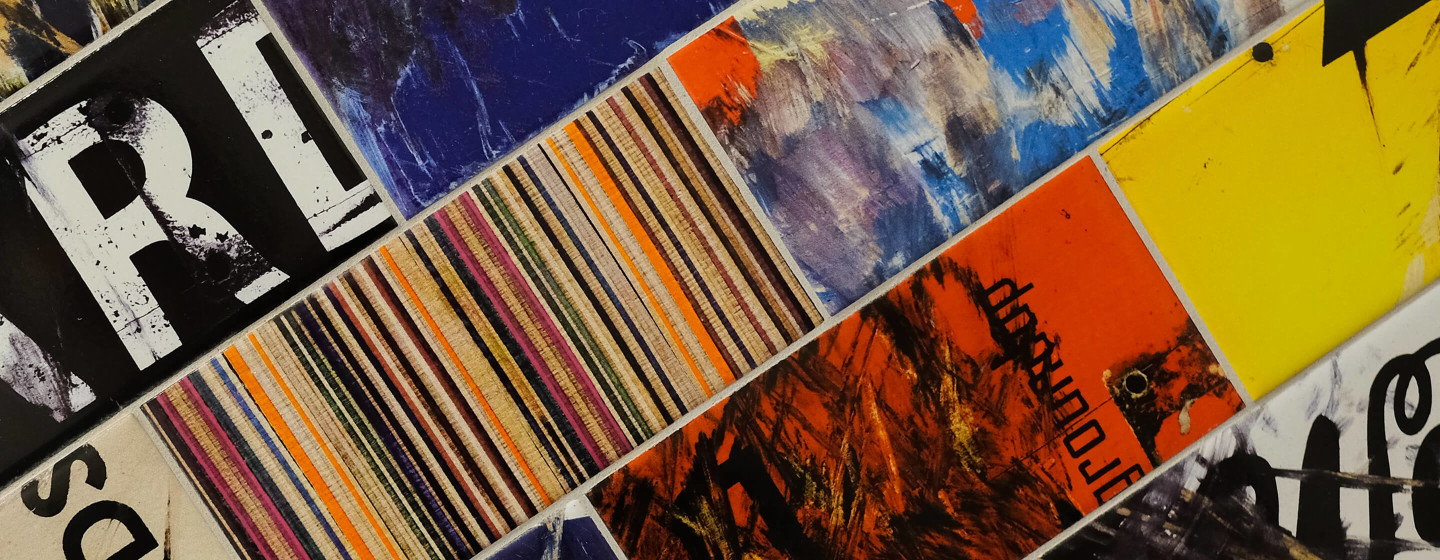
Art and Design A Level
“Art should be something that liberates your soul, provokes the imagination and encourages people to go further.” – Keith Haring
A Level Art and Design provides you with exciting opportunities to develop your personal responses to ideas, observations, experiences, environments and cultures through practical artwork and critical and contextual studies. Initially, you will be exposed to introductory workshops exploring techniques and media such as drawing, printmaking, painting, mixed media, textiles, sculpture, photography and digital work, coupled with in-depth historical and contextual analysis. You are encouraged to pursue independent lines of investigation linked to your workshops and will be expected to visit art galleries and museums to inform the contextual element of the course.
The course is suited to those who have a passion for art and design, who are committed, creative and self-motivated. You will also need to have a willingness to develop work independently, exploring a range of ideas, materials and techniques. You will need to be organised with resources and materials, supplying your own specialist equipment to complement the facilities in the sixth form studio.
Curriculum Intent
At Windsor Academy Trust our curriculum exists to ensure all students regardless of background and ability can aspire to ‘unlock their academic and personal potential’. It empowers and equips students with the knowledge, character virtues and learning skills required to thrive in learning and in life.
What you will study
Component 1: Personal Investigation
Following on from the skills based workshops, you begin an independently devised Personal Investigation which continues into Year 13. For this, you are required to conduct a practical investigation into an idea, issue, concept or theme, supported by written material.
The investigation should be a coherent, in-depth study, covering all the assessment objectives, that demonstrates your ability to construct and develop a sustained investigation from an initial starting point to a final realisation.
Component 2: Externally set assignment
The second component is the Externally set assignment, following receipt of the paper in February of Year 13 you will consider and select a starting point. You will produce a practical investigation into your chosen theme, ensuring you fulfil all of the assessment objectives. Preparatory work should be presented in any suitable format, such as mounted sheets, sketchbooks, workbooks, journals, models and maquettes. Following the preparatory period, you must complete 15 hours of unaided, supervised time, where you will produce a finished outcome or a series of related outcomes, informed by your preparatory work.
How the course is assessed
Component 1: Personal Investigation
No time limit - 96 marks, 60% of A Level.
Component 2: Externally set assignment
Preparatory period and 15 hours supervised time 96 marks, 40% of A Level.
For both components assessments will measure how you have achieved the following assessment objectives:
- AO1: Develop ideas through sustained and focused investigations informed by contextual and other sources, demonstrating analytical and critical understanding.
- AO2: Explore and select appropriate resources, media, materials, techniques and processes, reviewing and refining ideas as work develops.
- AO3: Record ideas, observations and insights relevant to intentions, reflecting critically on work and progress.
- AO4: Present a personal and meaningful response that realises intentions and, where appropriate, makes connections between visual and other elements.
Entry requirements
- Five subjects at grade 4 or above, including English and Maths.
- Grade 4 GCSE Art and Design (Grade 5 Recommended). A portfolio of work to demonstrate skills and understanding would also be considered.
Why study A Level Art and Design at Windsor Sixth Form?
- Expert teachers - The Art Department is staffed by enthusiastic individuals, all of whom have expertise in a range of art and design disciplines. The staff work collaboratively to give you a wide range of experiences. They are knowledgeable, creative and dedicated professionals.
- Links with universities and professionals - We will be working closely with the University of Wolverhampton and other professionals to deliver a range of extra opportunities and workshops which will enhance your studies and provide you with insight into university life.
- Small class sizes - We have small cohorts enabling increased support and guidance as well as a dedicated studio space for opportunities beyond the timetabled sessions.
- Committed staff - Staff are committed to supporting students to reach their full potential - in 2021,60% of students achieved grades A* - B, since 2019 79%.
Other courses that go well with A Level Art and Design
Due to the nature of the subject, art and design goes well with a wide variety of subjects. It complements other creative subjects like graphic communication, however, depending on your interests, it has the potential to combine well with sciences, English and humanities subjects.
What you can do after the course?
Further study and apprenticeships
University courses you may wish to progress to after studying A Level Art and Design include:
- Architecture
- Computer games design
- Illustration
- Graphic design
- Media
- Photography and film
- Interior design
- Textiles and fashion
- Product design
If you are considering an apprenticeship, you could think about working in:
- Creative industries
- Construction
- Marketing
- Education
- Engineering
- Health and social care
Careers
Having developed creativity, problem solving skills, self motivation, presentation skills and an eye for aesthetics, an A Level in art and design could lead you to many career pathways.
Some example careers are:
- Artist
- Gallery/museum curator
- Advertising and marketing
- Art therapist
- Conservator
- Photographer
- Fashion designer
- Textiles designer
- Printer
- Graphic designer
- Architect
- Art historian
- Website designer/blogger
Where do our students progress to after the course?
The majority of students continue their studies at university with varied courses, including fine art, media and marketing.
Student success stories
Recently, two students are successfully continuing their art and design pathways at Birmingham City University studying a degree in fine art.

